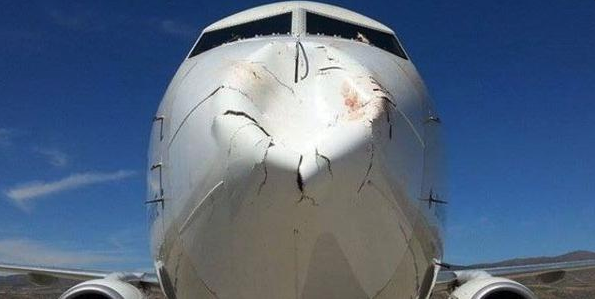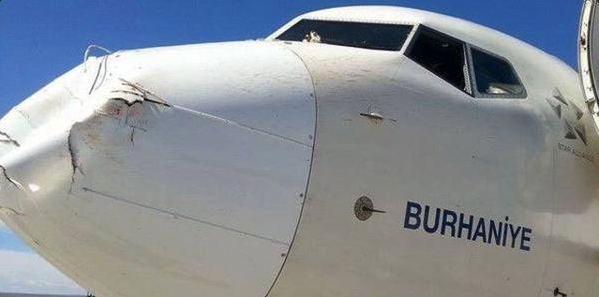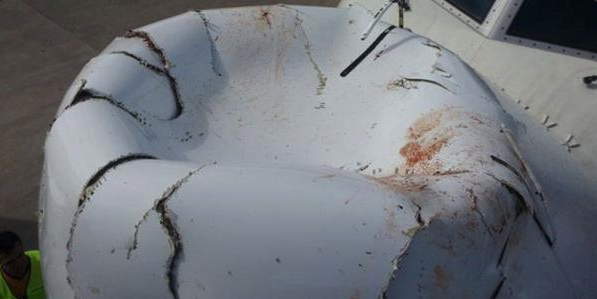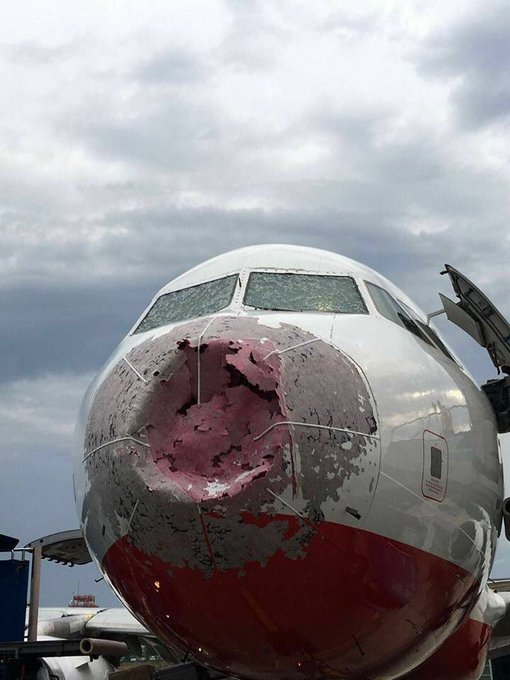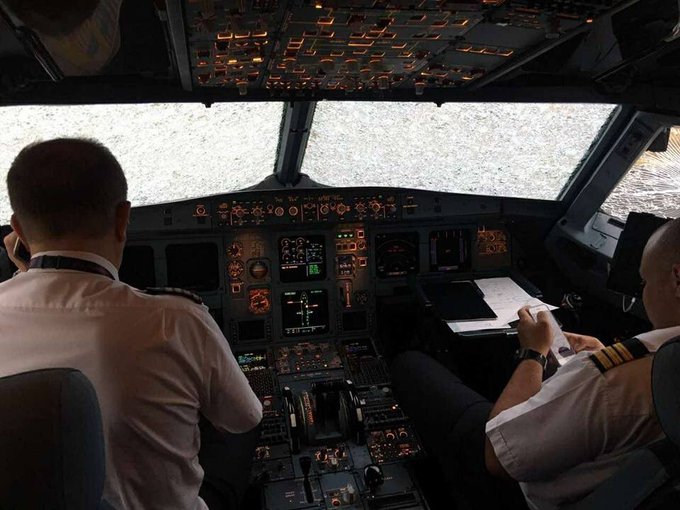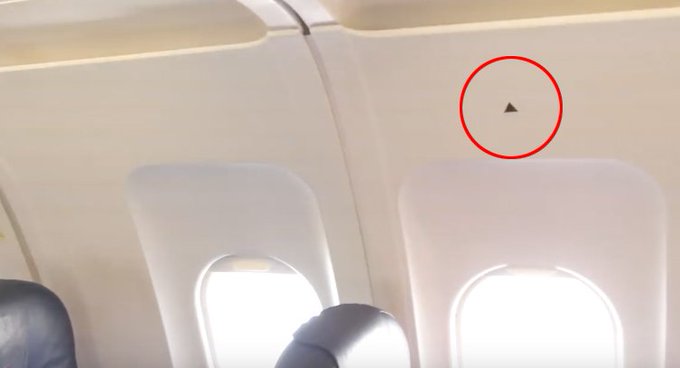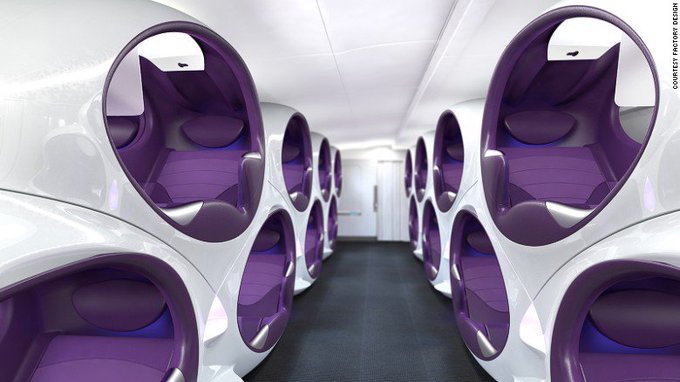Flight Secrets That Are Never Told To Passengers

October 22, 2023
•18 min read
Here are some flight secrets that are never told to passengers!
Let's investigate a few little-known mind-blowing facts about all things aeronautical. From the truth behind bad airline food to how picking the safest seat might save your life, here are some of the craziest flight secrets that are never told to passengers!
Always Board Last
Boarding is one of the most stressful parts of airplane travel. We’ve all been there: you’ve been through airport security, you finally get to the gate, only to see a huge line of passengers waiting to board your flight.
What most people don’t realize is that there’s not really much point in rushing to join the line, as the majority of airlines pre-assign specific seats to passengers. While some airlines like to call passengers in groups for boarding, you don’t necessarily have to adhere to that rule.Boarding last is the easiest way to minimize the amount of time you spend holed up onboard, so assuming your hand luggage isn’t overly large and hard to fit in overhead storage, there’s not really any point standing, waiting in a line for a seat that already has your name on it! By boarding towards the end, there are also fewer people clogging up the gate area and jet bridge, speeding the process up overall.What All Those Numbers and Letters on Your Boarding Pass Mean
While you wait, why not take a glance at your boarding pass? The 6-digit alphanumerical code that appears on most boarding passes is called a Passenger Name Record, which is used to identify individual passengers, just in case there is more than one passenger with the same name!
That code, which is recorded in the database of computer reservations systems that contain flight itineraries for each passenger, can reveal a lot about you, including your date of birth and contact details. That is one of the main reasons you should never throw your boarding pass away in a public trash can.Among other things, the database that code corresponds to holds credit card information, passport details, as well as IP addresses if booked online. But if a code connected to all your personal information seems scary, hopefully you’ll never find the SSSS code on your boarding pass!Airport Bird Control
Airplanes are pretty hefty pieces of machinery. It’s crazy to think that an average-sized commercial aircraft has a maximum take-off weight of about 175,000 pounds which includes 90,000 pounds of fuel, as well as 45,000 pounds worth of passengers, crew, and cargo! Despite their size, airplanes can still run into some problems in the air, often due to the other stuff that tends to dwell up there in the sky!
It goes without saying that collisions between planes and birds don’t often end well, for the bird that is. But they can still do some damage to an airplane when hitting it at speed, as you can see with a Turkish Airlines plane that collided with a bird in 2015. Luckily, the passengers were all fine, but the bird, not so much.#BirdStrike impressionnant sur un B737 @TurkishAirlines #TK2004 #AvGeek
Hailstorms And Lightning Strikes
But it’s not just birds that airports have to worry about. Extreme weather isn’t really something that can be scared off with a dirty look from a pair of LED eyes! Hailstorms are one of the most dangerous weather conditions for an airplane and they can cause some pretty crazy damage.
A particular jet’s nosecone took a real battering from hailstones that were as big as golf balls after flying through a hailstorm! The windows were so shattered that the pilots had to land the plane almost completely blind! Miraculously, no one was hurt, aside from the airline’s wallet who had to pay for repairs!In #Istanbul a #Ukrainian pilot landed a #Turkish #plane w/ 121 passengers on board - heavily damaged by hail storm & with zero visibility.
Airplane Toilet System
Have you ever used an airplane bathroom and wondered where exactly you’re flushing your waste away to? Contrary to popular myth, plane toilets aren’t allowed to be emptied into the sky, but accidents do happen!
When you flush an airplane toilet, a strong suction pulls the waste away using only a very small amount of water as a means to save weight and space on the aircraft and the contents travel to a large disinfectant-filled holding tank. At the end of a flight, the mixture is sucked into a tanker at the airport and then dumped.

Hidden Lavatory Lock Button
On the topic of mile-high restrooms, you probably didn’t know that there’s actually a secret way to unlock an airplane toilet from the outside. The next time a kid gets locked in an airplane bathroom, or you just fancy being thrown off a plane for being particularly creepy with a stranger, you can easily unlock it from the outside using just one finger.
Most cabin bathrooms’ exterior locks are tucked behind a metal lavatory sign for flight attendants to use in the event of an emergency. To open it, just lift the lavatory sign, slide the knob into the unlocked position, and then make a run for it before the flight attendants catch you!Airplane Food
Everyone knows that the food on airplanes is notoriously awful, but have you ever stopped to wonder why? Inflight meals are typically made on the ground by industrial catering facilities close to the airport and are usually prepared between 12 and 72 hours before an intended flight.
Contrary to popular belief, most airplane meals are not frozen, instead being blast chilled and transported to the aircraft for flight attendants to heat and serve on board. Some luxury airlines even have their own inflight chefs and kitchens, like those found aboard some Etihad Airways flights.
"Do Not Pair" List Of Pilots
What with being responsible for hundreds of passengers’ safety, it’s no wonder that airline pilot has often been named one of the most stressful jobs in the world! While the stress of the job is one thing, just imagine having to spend hours stuck in a tiny cockpit with a co-pilot you really dislike!
Turns out, with such high stakes, avoiding pilots working with someone they don’t like is considered in the industry to be a matter of life and death!The Safest Seat
Contrary to what movies and TV shows might have you believe, air travel is actually one of the safest modes of transportation, and your odds of dying in a commercial airline plane crash are a staggering 1 in 3.37 billion!
Despite the facts, nearly 1 in 3 Americans have a fear of flying and that fear has led many to wonder where the safest spot is in the event of an incident in the air. Turns out, an analysis of data from 17 plane crashes over the last 35 years conducted by TIME magazine figured out an answer. TIME found that, historically, those seats in the back third of a plane had a 68% average chance of survival compared with 62% in the front section and 61% in the middle third.
Hidden Airplane Features
If you’ve ever had a window seat on a flight, you might have noticed a tiny hole right at the bottom of the window. While it may look small, that is actually one of the airplane’s mightiest safety features. But why is it so important?
As air pressure drops as you fly higher, airplanes are designed to maintain air pressure at a safe and breathable level within the cabin. That significant difference in air pressure puts a lot of physical stress on the windows so they have to be built particularly strong.While a normal, single-pane window would break easily at that altitude, airplane windows are made up of three strong panels of acrylic. The exterior window is for keeping the elements out and maintaining cabin pressure. If something were to happen to that first pane, the second panel would act as a fail-safe.The one inside the cabin, meanwhile, provides a final line of defense, while keeping our hands off the others to avoid damaging them. The tiny hole, known as the bleed hole, is located in the middle pane, and its primary purpose is to balance the air pressure between the middle and outer panes. It also keeps the windows from fogging up or frosting over, because after all, most of our inflight fun comes from window gazing!
El triángulo negro marca la ubicación de la mejor ventanilla del avión desde la cual inspeccionar el ala en busca de hielo u otros problemas. Permite comprobar el estado de los flaps y alerones. Puede haber una o dos marcas para ver el ala desde distintos ángulos
Business Class vs First Class
Crying babies, cramped seats, and no legroom, flying economy really can be a stairway to hell. Meanwhile, advertised with private seats, free-flowing champagne, and chocolate-covered strawberries, it’s no wonder that a first-class flying experience makes its way onto many peoples’ bucket lists.
The luxurious service offered in first class might seem perfect for getting that much-needed rest while on a long-haul fight, but is the sky-high price really worth it? Well, compared to business class, usually the second-best type of ticket, it doesn’t appear so! There are quite a few features that you’d think were specifically reserved for first-class flyers only that are actually readily available in many business-class sections! Both the first class and business class cabins of many airlines receive high quality, multi-course meals, sometimes even served with fine porcelain and glassware, as well as plush pillows and blankets; many business class cabins even offer complimentary pajamas too!Those days, many airlines are investing into maximizing their business class services with a view to ditch first class altogether and some are even looking towards business class private pods!Hate long airplane rides? Try an inflight sleeping cocoon cnn.it/29W73TU
Secret Crew Rest Rooms
Long-haul flights can be bad enough for passengers, but have you ever wondered how flight attendants always seem so alert and chipper? Well, next time you board a long-haul flight, keep an eye out for a mystery door that looks something like the footage below.
Death On Board
While it’s not something we like to think about, people die just about everywhere, and sometimes that can include 30,000 feet in the air. Although extremely rare, cabin crew must be prepared for the unfortunate event of an in-flight death.
If a passenger does pass away during a flight the crew will usually have to wait until the plane reaches its final destination to remove the body from the plane. Sometimes airlines will offer the deceased passenger a final upgrade and bump them up to the quieter first class cabin. If there’s really no room to move the deceased passenger, then the cabin crew will cover their body with a blanket after ensuring they’re buckled in for the safety of other passengers.Singapore Airlines did one better than the old "hide them under a blanket and try not to freak out" method and launched a fleet of airbuses with compartments specifically installed to store an average-sized body in the event of an inflight death. Known as corpse cupboards (which totally sounds like a death metal band, by the way), those lockers were specially installed on the Airbus A340-500 model. This makes sense, seeing as those planes fly the longest regular nonstop passenger flight in the world. To get from Singapore to the John F. Kennedy International Airport in New York City, it takes around 18 hours and 40 minutes!


